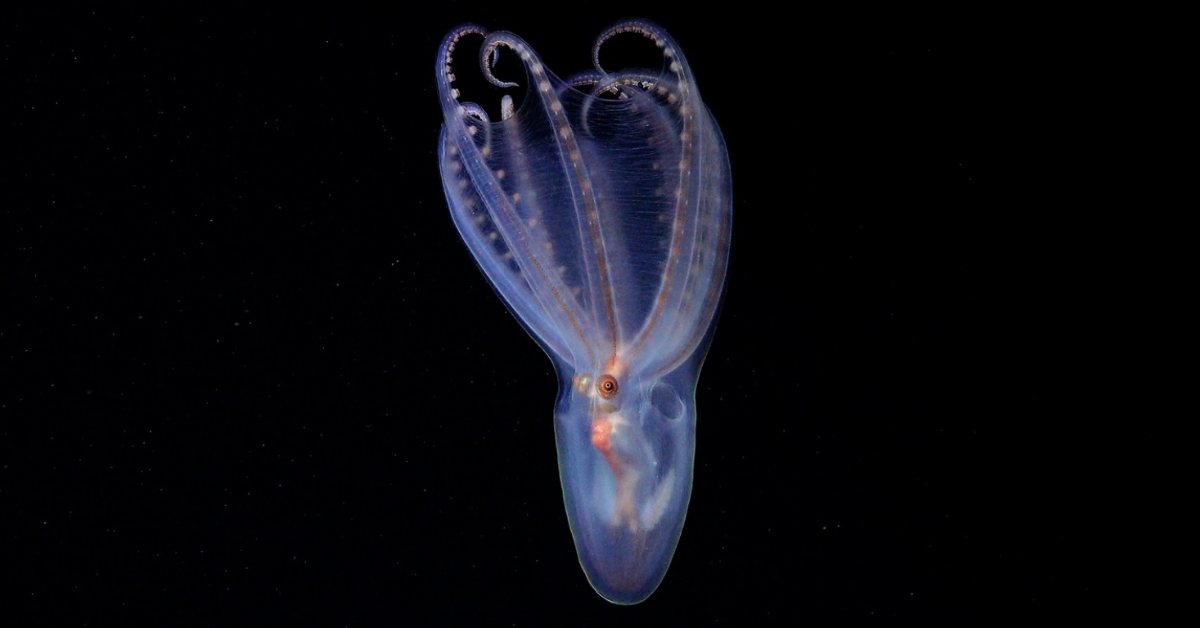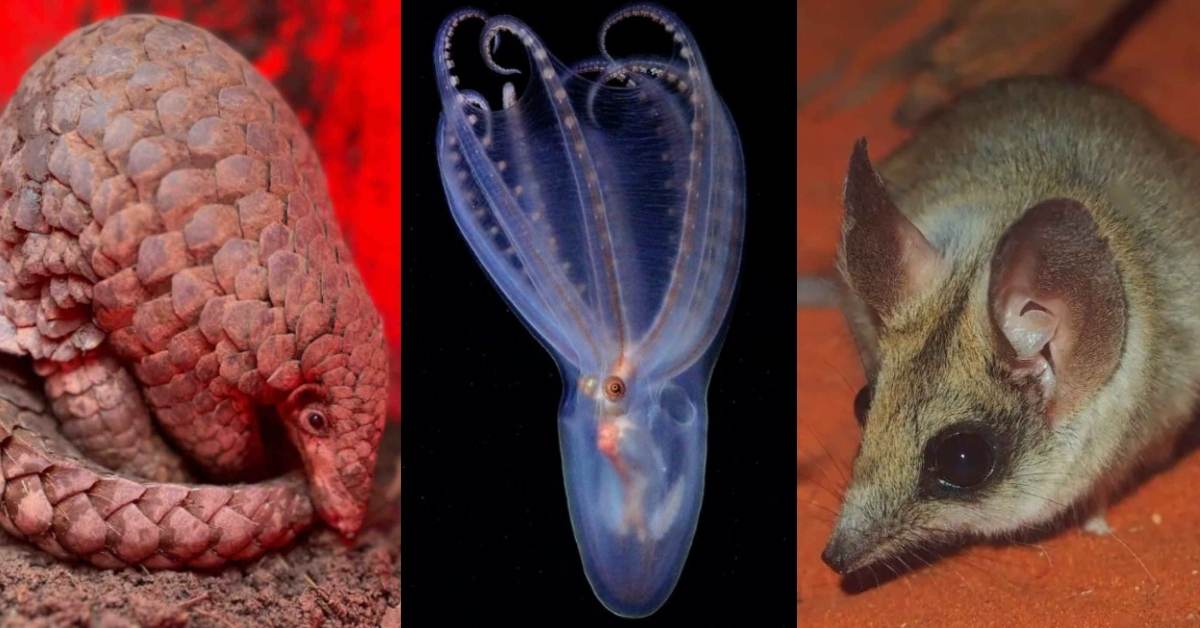When the Schmidt Ocean Institute posts footage from its deep-sea dives, it rarely makes a splash outside of the world of marine science. Typically, the dive videos average 4,000 views.
But as researchers at the Schmidt Ocean Institute livestreamed their expedition of Argentina’s Mar del Plata Canyon over three weeks, it garnered over 17.5 million views in total.
“It’s been incredible to see how people of all ages have connected with the deep sea,” science team member Dr. Martín Brogger said in a statement.
Brogger, who works for CONICET, the National Scientific and Technical Research Council, and the Instituto de Biología de Organismos Marinos, said that his team was overwhelmed by the support.
“We received hundreds of messages from families, teachers and kids who felt inspired, surprised and even emotional watching the live broadcasts,” he said.
“Some young students told us they now dream of becoming marine biologists — an impact that goes beyond science by creating a shared sense of wonder and curiosity that can truly last a lifetime.”
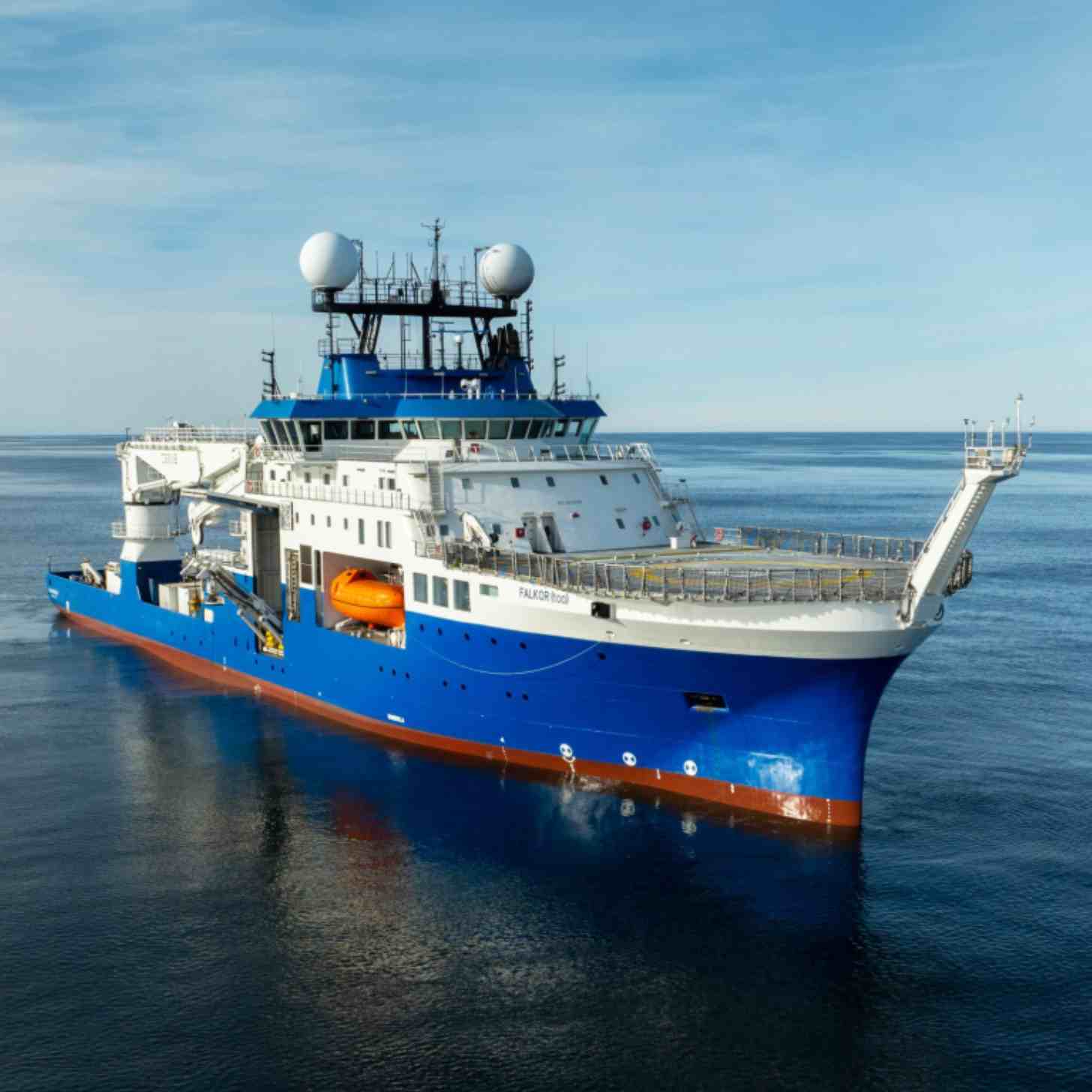
To traverse the Mar del Plata Canyon, which is twice the size of the Grand Canyon, the team’s Remotely Operated Vehicle, SuBastian, dove to depths of more than 3,500 metres.
The stunning footage showed viewers dancing telescope octopuses, lurking lanternfish, clusters of “Barbie” pink lobsters, and much, much more.
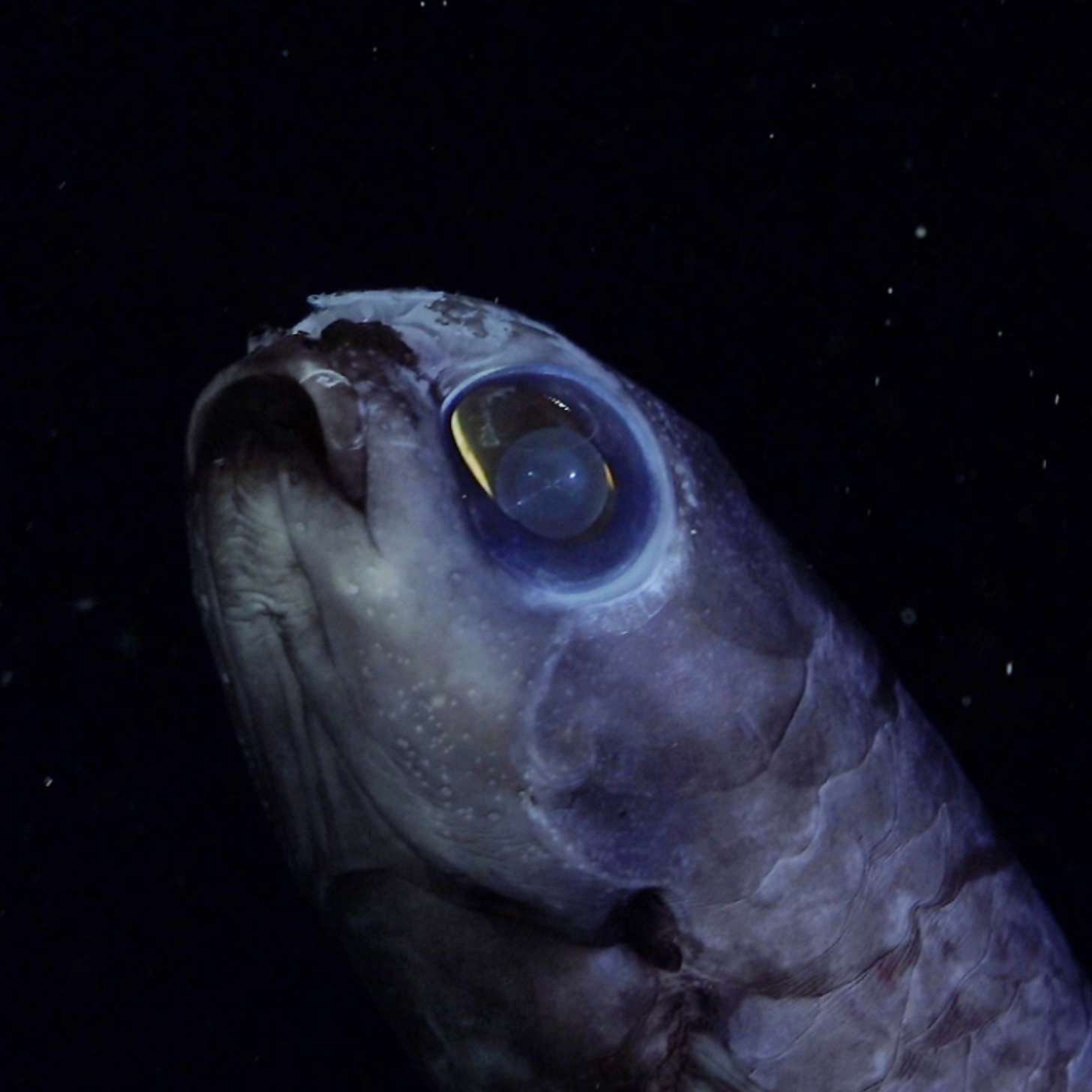
“This cruise underscores the power of ocean exploration and science in igniting the imagination,” said Schmidt Ocean Institute’s Executive Director, Dr Jyotika Virmani.
“It was inspiring for us to see Argentinians fall in love with their own deep sea, and we are grateful to the science team, who balanced the demands of seagoing science with their passion to share their research with millions.”
Outside of Argentina, the livestream went viral for another reason: a vibrant, pink starfish that resembled a certain cartoon character.

The researchers estimated that the expedition may have uncovered proof of nearly 40 potential new species, including never-before-seen “sea anemones, sea cucumbers, sea urchins, snails, corals, and crinoids, amongst others.”
However, detailed taxonomic work is required to confirm their status.
As the researchers launch into the next phase of discovery, they are celebrating the success of their livestream, as well as the curiosity it has inspired.
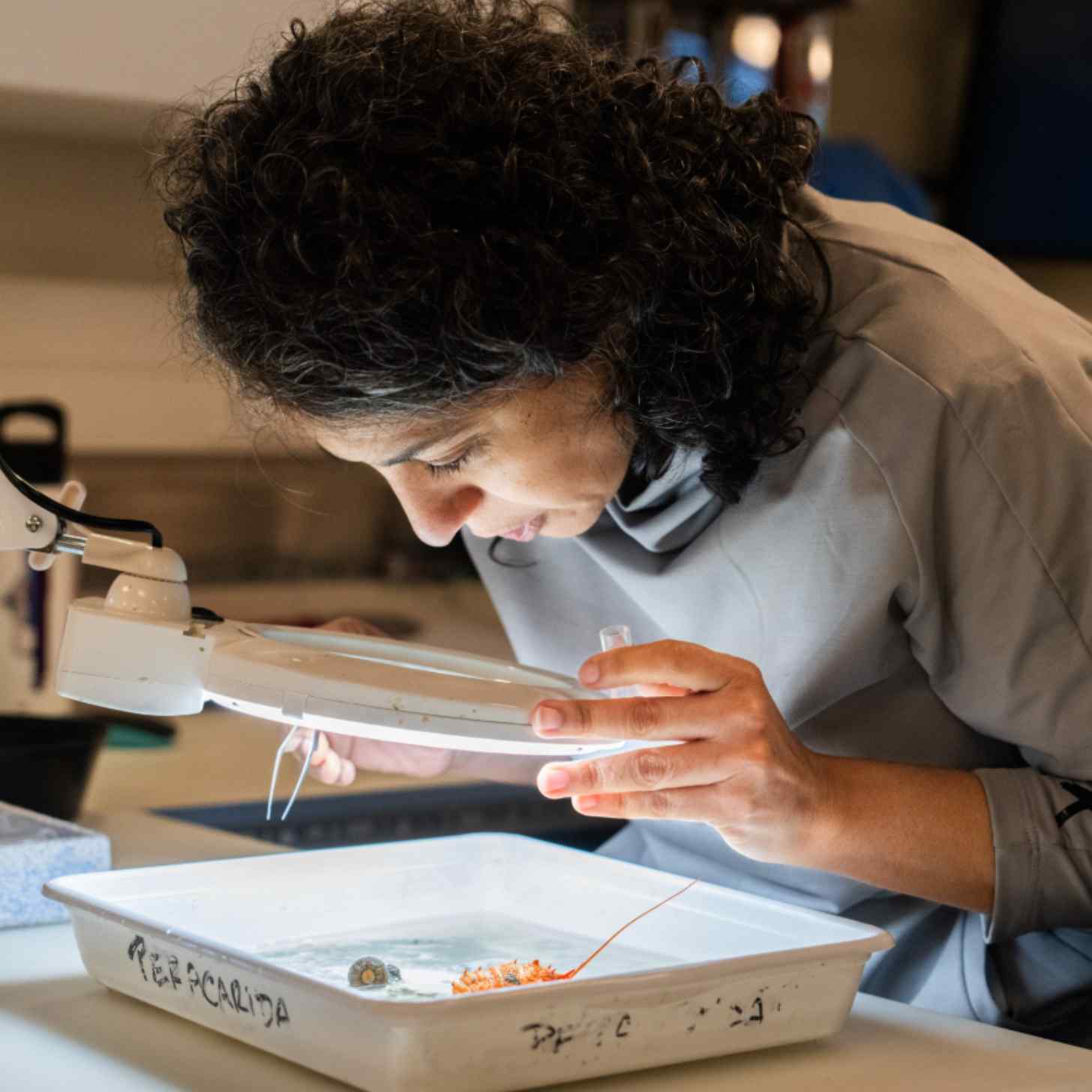
“The deep sea and its awe-inspiring life — from bright corals to mesmerising octopuses — has captivated an entire nation, thanks to a team of passionate scientists and the millions of people watching their work, via livestream,” said Wendy Schmidt, co-founder and president of Schmidt Ocean Institute.
“Argentina is showing the world the power of deep-sea exploration to not only spark wonder, but to remind us how much of our planet remains to be discovered and protected.”
You may also like: World Wildlife Fund releases decade-long report on the Congo Basin, sharing discovery of 742 new species
Header image: Telescope octopus. Image via ROV SuBastian / Schmidt Ocean Institute (Attribution-NonCommercial-ShareAlike CC BY-NC-SA)
